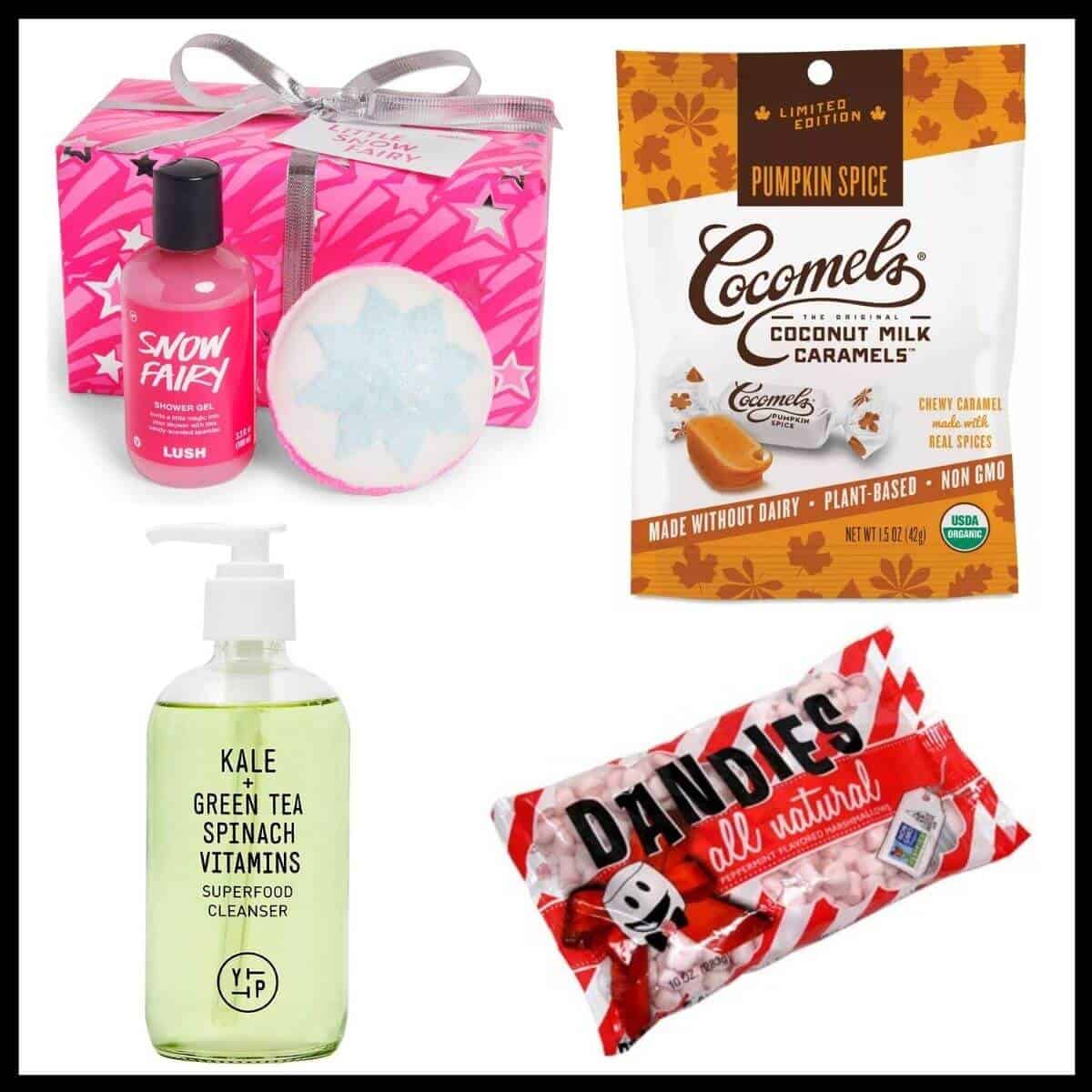The 5 Best Bed Sheets in 2022
Bedsheet FAQs
Connie Chen/Insider
Does thread count matter?
Yes, to a certain extent. However, don’t use it as your sole determining factor because its definition can be manipulated, and after a certain number, the difference in feel and durability is negligible.
Thread count is the number of yarns per inch, horizontally and vertically. Leonas tells us that a ply yarn (two single yarns twisted together) has traditionally been considered one yarn, but in recent years, some brands have been using total ply yarn count as the thread count, resulting in an artificially high number.
Remember that thread count only applies to cotton sheets and single yarn weaves. All of our best cotton sheets fall in the 300-500 range, and you likely won’t need anything beyond that.
“When finding sheets that will last and provide comfort and a relaxing night’s sleep, take a look at the material first and thread count second,” said Ave Bradley, senior vice president of design and creative director at Kimpton Hotels. Kimpton uses 200-300 thread count cotton sheets from Frette in its rooms.
The type of fiber and weave also help determine the sheet’s texture, breathability, and durability. Percale and sateen, for example, are both made of cotton but have different weave structures, resulting in different feels.
What are the different types of sheets?
The quality and type of material do matter. Below, we define, compare, and contrast different materials, fabrics, and terms you’ll often run into while shopping for sheets.
Drape: The fluidity or rigidity of a fabric. A fabric with a high or fluid drape, such as silk, is flowy and clings more to the object. A fabric with a low drape is stiffer and holds its shape more.
Long-staple cotton: Cotton with longer-staple fibers that result in smoother and stronger yarn. This is compared to short-staple cotton, which has fiber ends that stick out and cause the sheets to be rougher and less abrasion-resistant. Brands will generally call out when they use long-staple cotton; otherwise, you can probably assume it’s short-staple. Leonas says the industry definition of long-staple cotton is a fiber length of 1.15-1.22 inches.
Egyptian cotton: Cotton grown in Egypt. It’s often assumed that Egyptian cotton is long-staple, but it could also be lower-quality, short-staple cotton that just happens to be from Egypt, so be careful of this labeling and look specifically for “long-staple cotton.”
Pima cotton: Also known by its trademark name, Supima cotton. It’s an extra long-staple cotton that is grown only in the US and has a fiber length of at least 1.5 inches. Extra long-staple cotton is even smoother, more flexible, and more resistant to pilling than long-staple cotton.
Percale: A type of cotton weave where one thread is woven with another thread into a tight, grid pattern. It has a matte, crisp feel. It’s airy and more breathable.
Sateen: A type of cotton weave where three or four threads are woven over one thread into a looser grid pattern. It has a smooth, silky feel and a slight sheen to it. Compared to percale, it’s less breathable and may not be suitable for hot sleepers. According to Leonas, sateen tends to snag more easily and show dirt more readily due to its unique “float” weave.
Polyester: A type of synthetic fiber that may be blended with cotton or used to make microfiber. It’s less breathable and traps moisture more easily, and it may not be suitable for people with sensitive skin.
Microfiber: A type of synthetic material made with very fine polyester fibers. It’s very soft and drapeable but doesn’t breathe well.
Lyocell: Also known as Tencel. A type of fiber made from wood (often eucalyptus) pulp. It’s soft, silky, and breathable.
Linen: A type of fiber made from flax plants. It’s slightly rigid, with a rougher texture, and it feels cool and breathable. It wrinkles easily.
Flannel: A type of fabric made with thickly woven wool or cotton. It’s brushed to give it a slightly soft and fuzzy texture, and it feels warm.
What kind of sheets do hotels use?
Dennis Chan, director of retail product at Four Seasons Hotels and Resorts, said his team looks at the fabric drape (the way the fabric hangs), hand feel, and construction of weave when sourcing bedding for hotels worldwide.
Four Seasons produces its own line of bedding in its Four Seasons at Home collection, featuring 350-thread count sateen weave cotton sheets. Top hotel brands like Four Seasons and Kimpton outfit their rooms in 100% long-staple cotton sheets because they’re soft, breathable, and durable, resulting in luxurious and memorable sleep experiences for their guests.
Long-staple cotton has longer fibers, so it’s stronger and softer than shorter-staple cotton, which is why we also generally recommend 100% long-staple cotton in our best picks.
What are the different sheet certifications?
You may notice that some of our best picks have a Standard 100 by Oeko Tex certification. This label means the final sheet product has been independently tested for more than 100 harmful chemical substances and is safe for human use.
While it’s not the only certification out there, it’s widely used and known in the textiles industry.
Our experts say you should look for the Oeko-Tex Standard 100 certification for basic safety, but if you also care about manufacturing, look for STeP by Oeko Tex. It checks for environmentally friendly, socially responsible, and safe practices all along the production process.
The Global Organic Textile Standard (GOTS) is another certification used specifically for organic textiles. GOTS-certified sheets contain at least 95% certified organic fibers and meet environmental and social standards at every stage of processing and manufacturing.
What’s the best way to care for your sheets?
According to various bedding brands, you should wash your sheets every one to two weeks and have alternate sets to preserve their quality. We recommend following the specific care instructions that come with the sheet set you buy.
Based on our experience, brands generally advise washing the sheets in a cold or warm cycle with gentle detergent, then drying in a low tumble cycle. Hot water can make colors bleed, cause shrinkage, and weaken fibers. Drying at high heat can also weaken fibers and cause pilling.
What’s the best way to prevent wrinkles?
For all its great properties, cotton naturally wrinkles, and that’s thanks to its molecular structure. Leonas explained that wrinkles happen when hydrogen bonds form as your sheets bump around in the dryer.
“The only way to get rid of those bonds is to flip some water on it or apply high heat. That’s why we use a lot of steam when we press things,” she says.
If you want to get rid of wrinkles, the best way is to iron them before fitting them onto your bed or removing them from your dryer a little before the cycle ends and putting them onto your bed while slightly damp.
Are alternative fibers any good?
Alternative fibers like bamboo lyocell or microfiber are appealing because they’re often very comfortable and affordable. However, in our testing experience, the durability of microfiber and bamboo sheets doesn’t match up to that of cotton or linen.
They’re more prone to pilling, abrasion, and shrinkage. Plus, the production and care of these alternative fibers can be murky and bad for the environment. The shedding of microfiber, for example, is polluting the ocean (pdf).
What kind of duvet cover do you pair with your sheets?
It’s best to choose a duvet cover with the same fabrication as your sheet set — if you like how your sheets feel below you, you’ll like how the same type of fabric feels on top of you.
Most of the brands we recommend in our guide also sell matching duvet covers. If you want to mix and match bedding pieces. Check our guide to the best duvet covers for more information.


